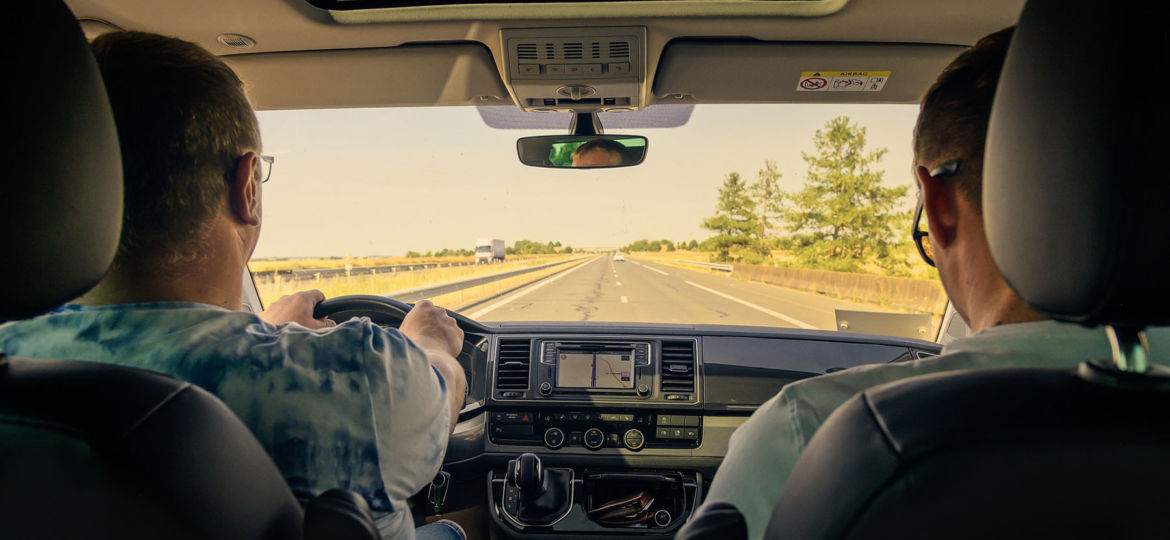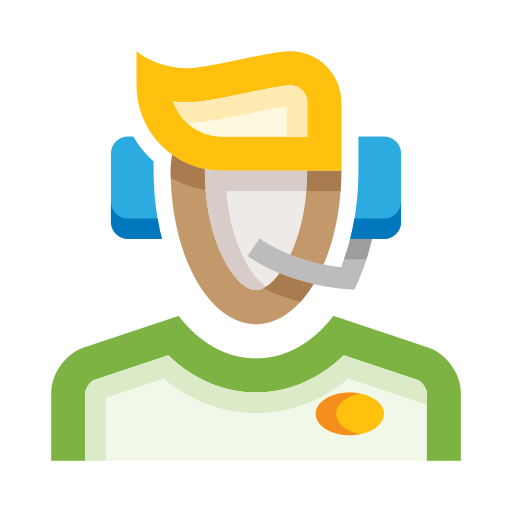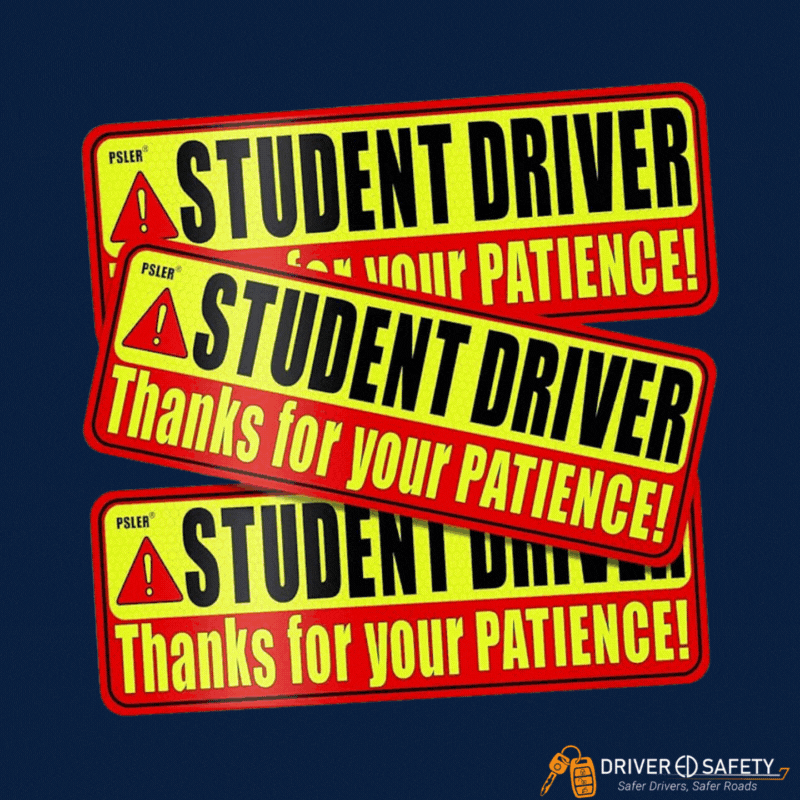
“Defensive” is a funny term to use when talking about driving. The idea of defending yourself while in a car might conjure images from a Fast & Furious movie, but we can assure you this has nothing to do with Vin Diesel or Nos engines. This style of driving is about staying aware of your surroundings and being ready to calmly and safely react to a variety of situations while on the road.
To be clear: the existence of defensive driving doesn’t mean you need to be scared when you’re behind the wheel, but it also doesn’t mean you should let confidence turn into aggressive driving. It’s important to find a happy medium where driving techniques are legal (obviously) while also accounting for the actions of other drivers and potential hazards. If you’ve spent any amount of time in a car, you likely already know the basics of defensive driving:
- Watching your speed and following traffic signals
- Driving without distractions like cell phones
- Reducing your speed in poor weather conditions
- Never driving under the influence
We also want to share some other defensive driving tips which don’t seem to get as much air time yet are just as important for new drivers to learn (and older drivers to remember).
Read the Traffic Around You
Part of being a good driver is being able to watch and predict what other drivers might do. For example, if you’re in the left lane on a highway and car is speeding up behind you, you should look to move over to the right lane. Even if the other car is driving over the speed limit, it’s better for you to let them pass you in the left lane because aggressive drivers like this can turn to unsafe tactics to get around you. This car could tailgate or even try to pass you in the right lane—both outcomes are potentially more dangerous than switching lanes to let the speedster easily pass.
Reading traffic can also help get you through construction or other obstructions more easily. If you see the cars ahead in your lane merging into the other, your best bet will be to follow suit. Drivers who fail to read patterns like these are often the ones who cause accidents while trying to merge too quickly too late. Becoming skilled in reading traffic will also serve you especially well in other situations like when dealing with slow vehicles and icy conditions.
Don’t Trust Other Drivers
It might sound pessimistic, but it’s actually a rule based in reality because humans make mistakes. When you consider how many people are on the road at any given time, it’s likely a driver near you could make a bad call which ends up affecting you.
This is why it’s good practice to both wait an extra second after you get a green light and maintain distance between you and the car ahead of you at all times. The former tactic is to avoid moving into an intersection and getting hit by a car running a red light. The latter ensures you have a few seconds of warning and enough time to brake if the car suddenly stops. Maintaining some distance when stopped also gives you a buffer so if someone rear-ends you, you don’t collide with the car ahead. In general, giving other drivers space and expecting them to make mistakes gives yourself plenty of time to react and stay safe.
No Sleeping Behind the Wheel
Never forget that driving is a task. As you drive, your brain has to process and react to all the sights and sounds of other vehicles, traffic signals, and signage. As you become tired, these faculties start to decline and, in severe cases, you might even fall asleep behind the wheel. In order for your brain to give its peak performance, make sure to get plenty of rest before your drive.
If you’re traveling with others, set up a schedule and share the drive so you can each get some rest as a passenger. When driving by yourself, plan ahead to make intermittent stops at rest stations or other landmarks. You should also remember: coffee and energy drinks don’t replace proper rest, so don’t rely on these supplements to fuel a safe drive!
Even though defensive driving isn’t as exciting as what you see in action movies, it’s important for keeping yourself and other drivers safe.
Start learning more about the in’s and out’s of defensive driving today with our open enrollment Online Course, or register for a Traditional Class or Behind the Wheel lessons.




